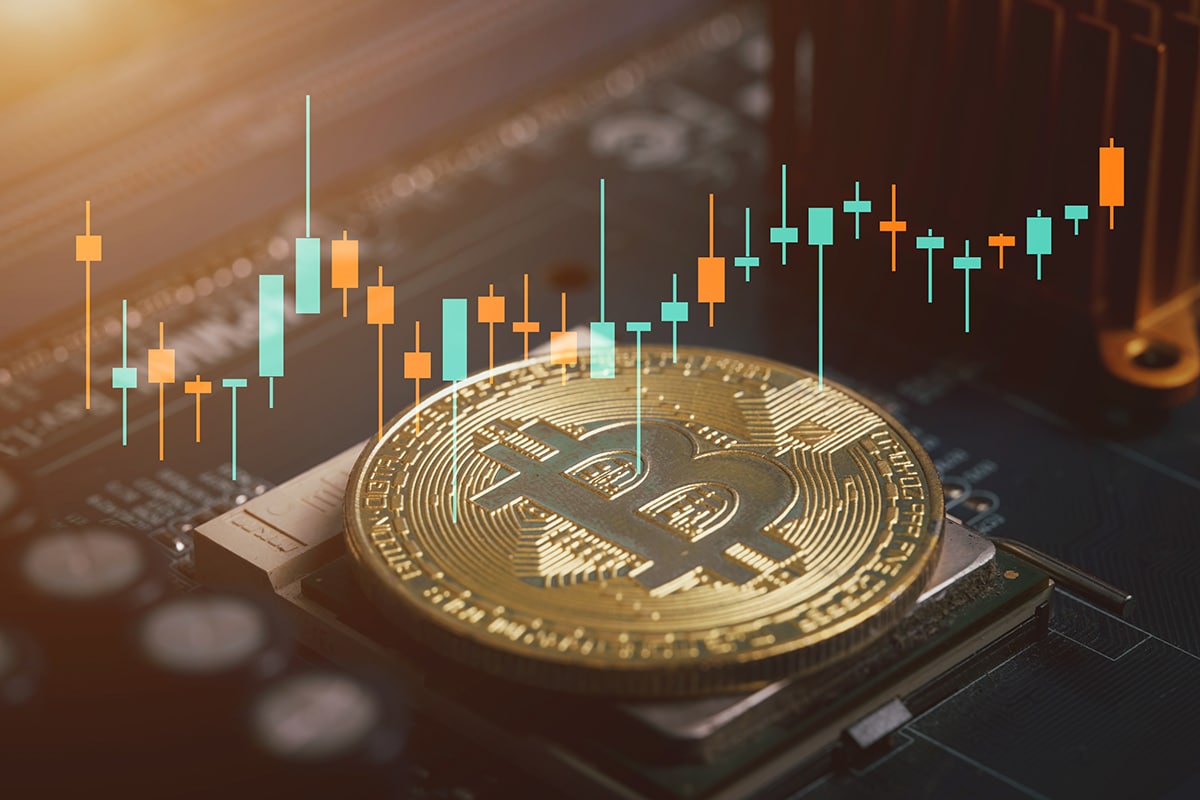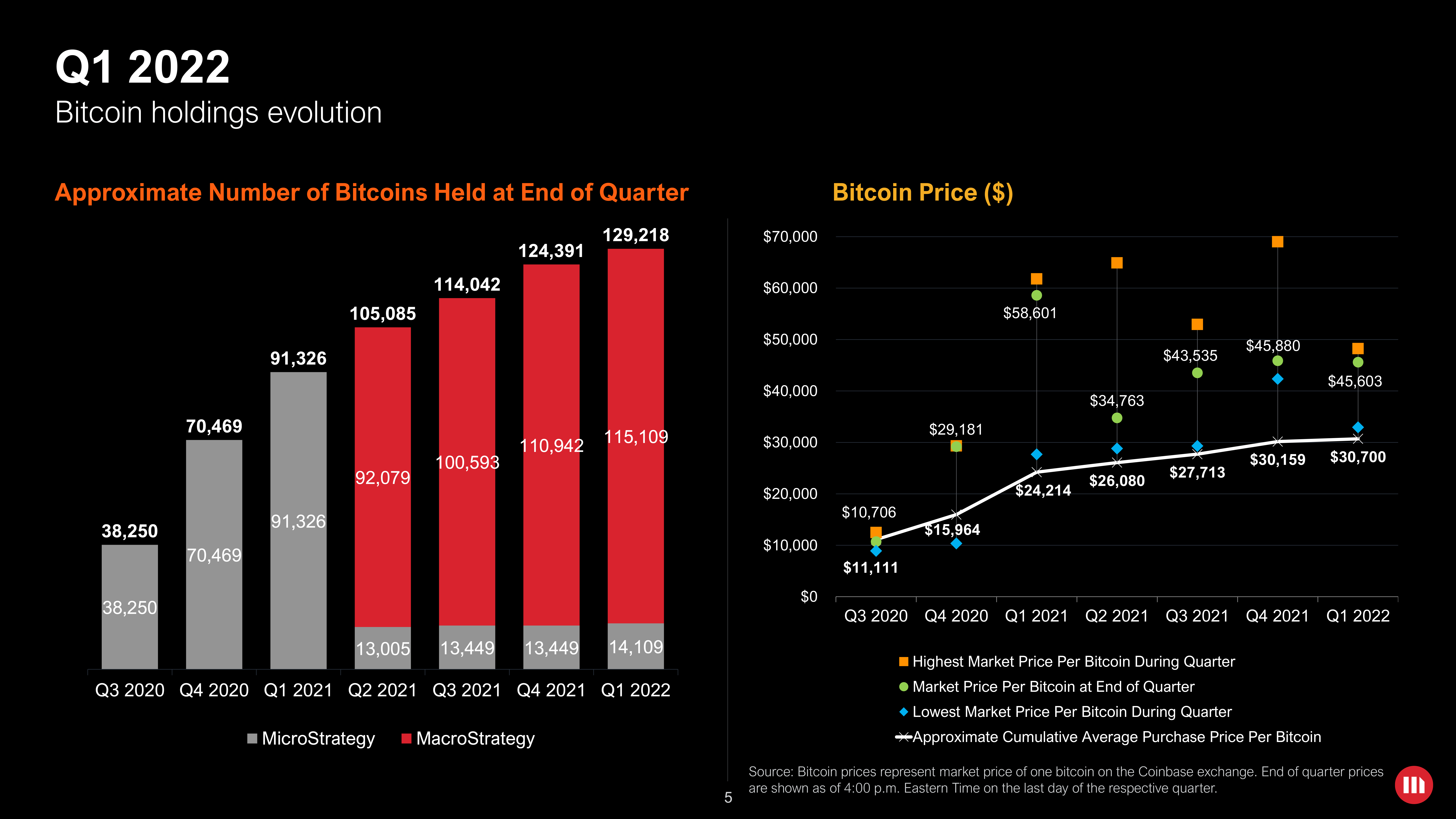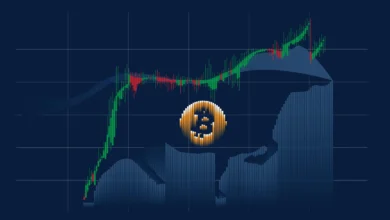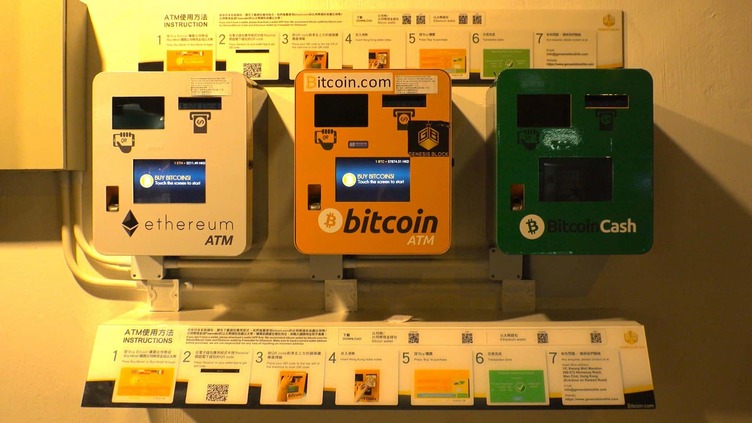
Bitcoin Futures vs Spot Trading Differences Complete Guide 2025
Bitcoin futures vs spot trading differences is crucial for investors seeking to maximize their returns while managing risk effectively. Whether you’re a seasoned trader or just beginning your crypto journey, choosing between futures and spot trading can significantly impact your investment outcomes.
This comprehensive guide explores the fundamental distinctions, advantages, and considerations that will help you make informed decisions in today’s volatile cryptocurrency landscape. By examining these bitcoin futures vs spot trading differences, you’ll gain the knowledge needed to align your trading strategy with your financial goals and risk tolerance.
What is Bitcoin Spot Trading
Bitcoin spot trading represents the most straightforward form of cryptocurrency trading, where investors buy and sell actual bitcoin at current market prices for immediate delivery. In spot trading, you directly own the underlying asset, meaning the bitcoin purchased is transferred to your wallet upon completion of the transaction.
Spot trading operates on the principle of immediate settlement, typically occurring within minutes of order execution. When you purchase bitcoin through spot trading, you receive the actual cryptocurrency tokens, which you can store in your wallet, transfer to other addresses, or use for various purposes beyond trading.
The spot market reflects the current supply and demand dynamics for bitcoin, establishing what traders commonly refer to as the “true” market price. This price serves as the foundation for all other bitcoin-related financial instruments, including futures contracts and options.
Major cryptocurrency exchanges like Binance, Coinbase, and Kraken facilitate spot trading by providing platforms where buyers and sellers can interact directly. These exchanges maintain order books that display current bid and ask prices, allowing traders to execute market orders at prevailing prices or place limit orders at desired price levels.
Understanding Bitcoin Futures Trading
Bitcoin futures trading involves contracts that obligate parties to buy or sell bitcoin at a predetermined price on a specific future date. Unlike spot trading, futures contracts are derivative instruments that derive their value from the underlying bitcoin price but don’t require immediate ownership of the cryptocurrency.
Futures contracts standardize trading by specifying contract size, expiration dates, and settlement procedures. For instance, CME Bitcoin futures represent 5 bitcoins per contract, while other platforms may offer different contract specifications. These contracts can be cash-settled or physically delivered, depending on the exchange and contract terms.
The futures market serves multiple purposes, including price discovery, risk management, and speculation. Institutional investors often use bitcoin futures to gain exposure to cryptocurrency markets without directly holding digital assets, while traders leverage these instruments for hedging existing positions or speculating on future price movements.
Bitcoin futures trade on regulated exchanges such as the Chicago Mercantile Exchange (CME), Intercontinental Exchange (ICE), and various cryptocurrency-specific platforms. These markets operate under strict regulatory oversight, providing additional security and transparency compared to some spot trading venues.
Key Bitcoin Futures vs Spot Trading Differences
Ownership and Settlement Methods
The most fundamental difference between bitcoin futures and spot trading lies in asset ownership. Spot trading grants immediate ownership of actual bitcoin, allowing traders to withdraw, transfer, or use their cryptocurrency as they see fit. This direct ownership provides full control over the digital asset and eliminates counterparty risk associated with holding positions through intermediaries.
Bitcoin futures, conversely, represent contractual agreements rather than direct asset ownership. Traders hold positions in derivative contracts that track bitcoin’s price movements without owning the underlying cryptocurrency. Settlement occurs either through cash payments based on price differences or physical delivery of bitcoin at contract expiration.
Cash-settled futures are more common and convenient, as they eliminate the need for cryptocurrency custody and simplify the trading process. Physical delivery futures require infrastructure for receiving and storing actual bitcoin, making them less popular among traditional financial institutions and retail traders.
Leverage and Margin Requirements
Leverage capabilities represent another significant distinction in bitcoin futures vs spot trading differences. Spot trading typically offers limited leverage, often ranging from 2:1 to 10:1 on margin trading platforms. This conservative approach reflects the need to secure borrowed funds with actual cryptocurrency collateral.
Bitcoin futures provide substantially higher leverage opportunities, sometimes exceeding 100:1 on certain platforms. This amplified leverage allows traders to control large positions with relatively small capital investments, potentially magnifying both profits and losses. However, higher leverage increases liquidation risk and requires sophisticated risk management strategies.
Margin requirements vary significantly between spot and futures trading. Spot margin trading requires maintaining sufficient collateral to cover borrowed amounts, while futures trading involves initial margins for position entry and maintenance margins to keep positions open during adverse price movements.
Pricing Mechanisms and Market Structure
Bitcoin futures and spot markets exhibit different pricing mechanisms that create unique trading opportunities and risks. Spot prices reflect immediate supply and demand conditions, responding quickly to market news, trading volume, and investor sentiment. These prices serve as the benchmark for the broader cryptocurrency ecosystem.
Futures prices incorporate additional factors, including interest rates, time to expiration, and market expectations about future bitcoin values. This relationship creates basis risk – the difference between futures and spot prices – which can present arbitrage opportunities for sophisticated traders.
Contango and backwardation are common futures market conditions that don’t exist in spot trading. Contango occurs when futures prices exceed spot prices, often reflecting positive market sentiment and expectations of price appreciation. Backwardation represents the opposite scenario, where futures trade below spot prices, typically indicating bearish sentiment or high storage costs.
Trading Hours and Market Accessibility
Bitcoin spot markets operate continuously, providing 24/7 trading opportunities that align with cryptocurrency’s global, decentralized nature. This constant availability allows traders to react immediately to breaking news, market developments, or sudden price movements regardless of their geographic location or time zone.
Regulated bitcoin futures markets often maintain traditional trading schedules with specific opening and closing times, though some platforms now offer extended or continuous trading sessions. CME Bitcoin futures, for example, trade nearly 24 hours per day but include brief maintenance windows that temporarily halt trading activities.
Market accessibility differs significantly between these trading methods. Spot trading requires direct interaction with cryptocurrency exchanges, which may involve complex account verification processes, digital wallet management, and an understanding of blockchain technology. Futures trading through traditional brokers offers familiar interfaces and settlement procedures that appeal to conventional financial market participants.
Risk Analysis Bitcoin Futures vs Spot Trading

Liquidation Risk and Position Management
Liquidation risk represents a critical consideration when evaluating bitcoin futures vs spot trading differences. Spot trading with personal funds eliminates liquidation risk, as traders own their bitcoin outright and can hold positions indefinitely regardless of price fluctuations. This patience can be valuable during periods of high volatility or temporary market downturns.
Bitcoin futures trading introduces significant liquidation risk, particularly when using high leverage. Adverse price movements can quickly erode margin requirements, triggering automatic position closures at unfavorable prices. Traders must actively monitor positions and maintain adequate margin levels to avoid forced liquidations that lock in losses.
Risk management strategies differ substantially between these approaches. Spot traders can employ simple stop-loss orders or dollar-cost averaging techniques to manage downside risk. Futures traders require more sophisticated approaches, including position sizing, margin management, and understanding of contract specifications, to navigate successfully.
Market Volatility Impact
Bitcoin’s notorious price volatility affects futures and spot trading differently. Spot trading allows investors to ride out volatile periods without facing forced liquidations, provided they don’t use excessive leverage. This approach suits long-term investors who believe in bitcoin’s fundamental value proposition and can withstand short-term price fluctuations.
Futures trading amplifies volatility’s impact through leverage effects and margin requirements. Sudden price spikes or crashes can trigger cascade liquidations, creating additional downward pressure that exacerbates market movements. Understanding these dynamics is crucial for futures traders seeking to avoid becoming victims of volatility-induced liquidation spirals.
Counterparty and Custody Risks
Spot trading on reputable exchanges minimizes counterparty risk, especially when traders withdraw bitcoin to personal wallets after purchase. Self-custody eliminates exchange risk but introduces personal responsibility for private key management and security. Hardware wallets and proper security practices can effectively mitigate these risks for careful users.
Bitcoin futures trading involves inherent counterparty risk through the exchange or clearinghouse facilitating contracts. While regulated exchanges maintain robust risk management systems and segregated customer funds, traders remain exposed to potential platform failures or operational issues. Insurance and regulatory oversight help mitigate these risks, but cannot eliminate them.
Practical Considerations for Traders
Capital Requirements and Cost Structure
Entry barriers vary significantly between bitcoin spot and futures trading. Spot trading requires sufficient capital to purchase whole or fractional bitcoin units, with minimum purchase amounts determined by exchange policies rather than contract specifications. This flexibility accommodates traders with various budget sizes and investment goals.
Bitcoin futures contracts have standardized sizes that may require substantial capital commitments. CME Bitcoin futures, representing 5 bitcoins each, require significant margin deposits even with leverage. Micro futures contracts offer smaller position sizes but still maintain standardized specifications that may not suit all traders’ preferences.
Fee structures differ between trading methods, impacting overall profitability. Spot trading typically involves simple maker/taker fees based on trading volume, while futures trading may include additional costs such as funding rates, rollover fees, and premium charges. Understanding these cost differences is essential for accurate profit calculations and strategy selection.
Tax Implications and Regulatory Considerations
Tax treatment represents an important factor in bitcoin futures vs spot trading differences. Spot trading generally involves capital gains tax on the difference between purchase and sale prices, with specific rates depending on holding periods and local tax regulations. Some jurisdictions offer favorable treatment for long-term cryptocurrency investments held in spot markets.
Bitcoin futures trading may qualify for different tax treatment, potentially including mark-to-market accounting rules that require reporting unrealized gains and losses annually. Professional tax advice is essential for navigating these complex regulations and optimizing tax efficiency across different trading strategies.
Regulatory environments continue evolving for both trading methods, with potential impacts on market access, leverage limits, and operational requirements. Staying informed about regulatory developments helps traders make strategic decisions and ensure compliance with applicable laws and regulations.
Strategic Applications and Use Cases
Portfolio Diversification Strategies
Combining bitcoin futures and spot trading can create sophisticated portfolio diversification strategies that capitalize on the unique characteristics of each approach. Spot holdings provide long-term exposure to bitcoin’s appreciation potential while maintaining full ownership rights and eliminating time-based expiration concerns.
Futures positions can complement spot holdings by providing additional flexibility for tactical trading, hedging, and income generation. For example, investors holding spot bitcoin might sell futures contracts to hedge against short-term price declines while maintaining long-term bullish positioning.
Professional portfolio managers increasingly utilize both trading methods to optimize risk-adjusted returns and accommodate diverse client objectives. This multi-faceted approach allows for more nuanced position management and risk control than relying solely on one trading method.
Institutional Investment Considerations
Institutional investors face unique challenges when choosing between bitcoin futures and spot trading. Regulatory requirements, custody solutions, and operational infrastructure often favor futures trading through established financial market channels over direct cryptocurrency ownership and management.
Bitcoin futures offer institutional investors familiar contract structures, regulated trading environments, and established clearing and settlement procedures. These factors reduce operational complexity and regulatory uncertainty while providing exposure to bitcoin’s price movements through conventional financial market mechanisms.
However, some institutions are developing cryptocurrency custody capabilities to access spot markets directly, seeking to capture potential benefits such as elimination of basis risk, indefinite holding periods, and direct participation in the growing digital asset ecosystem.
Future Trends and Market Evolution

Technological Developments
The cryptocurrency industry continues evolving rapidly, with technological developments potentially impacting bitcoin futures vs spot trading differences. Layer 2 solutions, improved custody technologies, and enhanced trading platforms may reduce operational barriers and costs associated with spot trading while maintaining security and regulatory compliance.
Smart contract capabilities and decentralized finance (DeFi) protocols are creating new hybrid instruments that blur traditional distinctions between spot and derivatives trading. These innovations may offer novel risk management tools and trading strategies that combine benefits from both approaches.
Regulatory Landscape Changes
Evolving regulatory frameworks worldwide will likely influence the relative attractiveness of bitcoin futures versus spot trading. Clear regulatory guidelines and institutional adoption could enhance spot market infrastructure and accessibility, while derivatives markets may face additional oversight and compliance requirements.
Central bank digital currencies (CBDCs) and government cryptocurrency policies may create new dynamics affecting both trading methods. Understanding these developments helps traders anticipate market changes and adapt strategies accordingly.
Best Practices and Recommendations
Choosing the Right Approach
Selecting between bitcoin futures and spot trading depends on individual circumstances, investment objectives, and risk tolerance. New cryptocurrency investors often benefit from starting with spot trading to gain hands-on experience with digital assets, wallet management, and market dynamics before progressing to more complex derivatives strategies.
Experienced traders seeking to capitalize on short-term price movements or implement sophisticated hedging strategies may find bitcoin futures more suitable for their objectives. The key lies in matching the reading approach with personal circumstances, knowledge level, and risk management capabilities.
Risk Management Strategies
Regardless of the chosen trading method, implementing robust risk management practices is essential for long-term success. Position sizing, stop-loss orders, and diversification help protect capital and preserve trading longevity across various market conditions.
Education and continuous learning remain critical components of successful bitcoin trading. Markets evolve rapidly, and staying informed about technological developments, regulatory changes, and market trends provides competitive advantages for dedicated traders.
Also Read: Bitcoin Futures Market Shifts Institutional Interest and Market
Conclusion
Understanding bitcoin futures vs spot trading differences is essential for developing effective cryptocurrency investment strategies. Spot trading offers simplicity, direct ownership, and unlimited holding periods, making it ideal for long-term investors and those new to cryptocurrency markets. Bitcoin futures provide sophisticated tools for risk management, speculation, and leveraged exposure, but require advanced knowledge and careful risk management.
The choice between these trading methods should align with your investment goals, risk tolerance, and experience level. Many successful traders utilize both approaches strategically, combining spot holdings for long-term appreciation with futures positions for tactical trading and hedging purposes.
As cryptocurrency markets continue maturing, both trading methods will likely evolve with improved technology, clearer regulations, and enhanced market infrastructure. Staying educated about bitcoin futures vs spot trading differences and market developments will help you make informed decisions and adapt your strategies to changing conditions.







